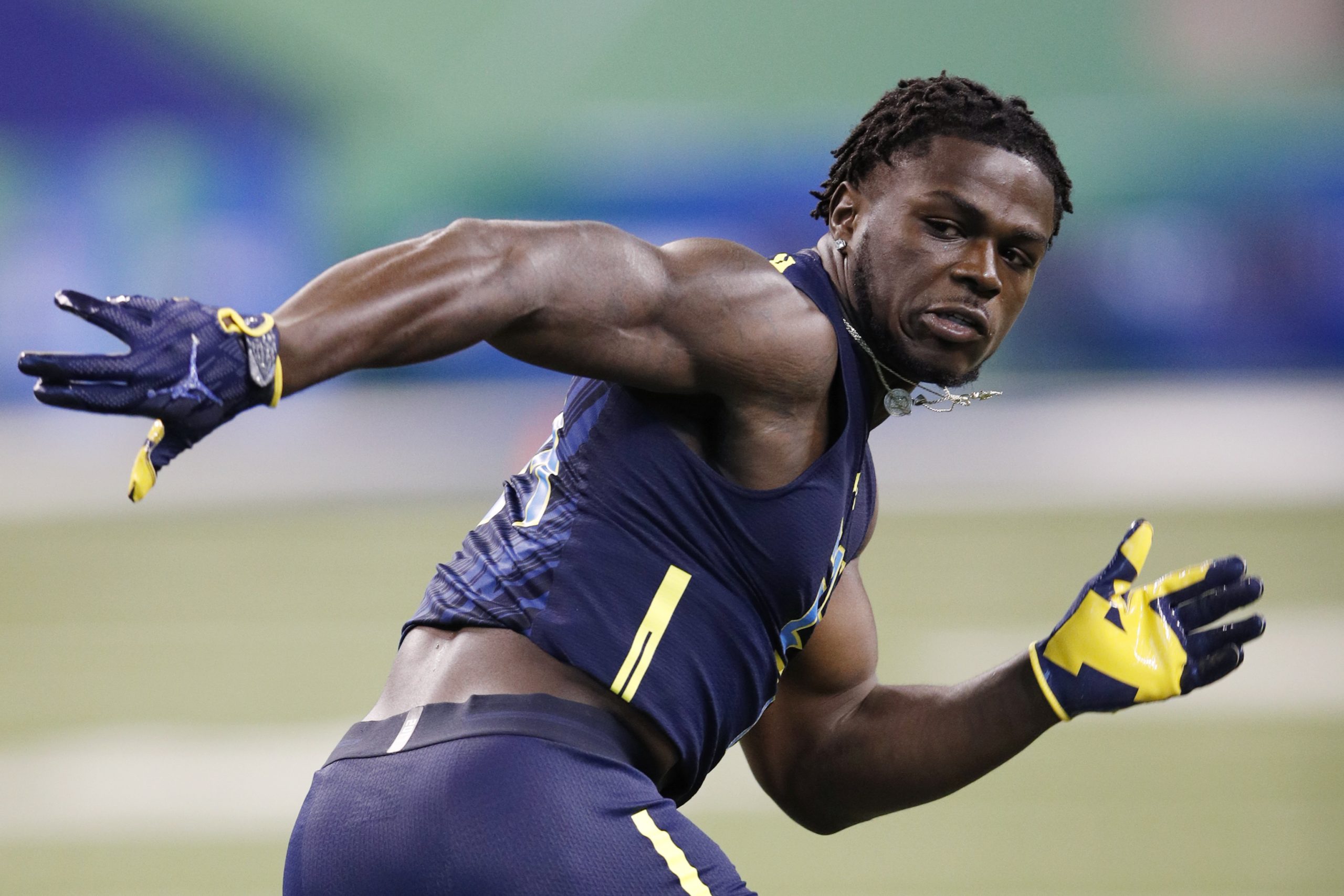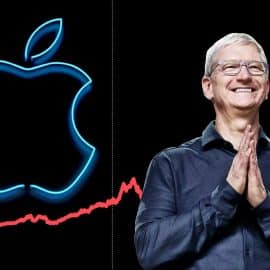What is Protein?
Protein, along with carbohydrates and fat, is a macronutrient. These three “macros” make up the calories in our diet.
Carbohydrates are often touted as the “energy” food, but for each gram of “carbs”, you’ll get four calories, which is the same as protein – for one gram of protein, you get four calories.
Fat’s are more “calorie dense” – for one gram of fat has nine calories.
Though carbs and proteins contain the same calories, the body uses them in different ways.
Carbs are utilized for fuel, to power your muscle, and protein is broken down into 20 different amino acids, nine of which are considered essential since they cannot be synthesized by the body.
Amino acids are the building blocks of muscle tissue and naturally they play a key role in muscle recovery, repair, and growth.
Not all proteins are created equal. There are two types of protein that offer varying levels of amino acids.
Complete vs. Incomplete Protein
When you eat a meal or drink a protein supplement, you’re consuming one of two different proteins: complete or incomplete. It’s important to recognize the difference between these two because it could be a deciding factor in whether or not you build as much muscle as you want.
Complete Proteins
Remember the amino acids that we talked about above? Every source of protein will have amino acids; however, those foods that provide you with all 20 amino acids are called complete proteins.
Examples of complete proteins include primarily animal-based sources and a handful of plant-based sources.
- Whey protein
- Poultry
- Beef
- Pumpkin seeds
- Hemp seed
Incomplete Proteins
As you may have guessed, incomplete proteins are foods that do not contain all 20 amino acids. These are primarily plant-based sources. This doesn’t make them an inferior source of protein; however, you do need to combine two different incomplete protein sources to form a complete protein.
For example, the protein found within brown rice and peas contains some of the 20 amino acids but when you have both, you form a complete protein supplying you with all of the amino acids you need.
Popular examples of incomplete proteins include the following:
- Cranberry
- Pea
- Brown rice
- Bean
- Legumes
Protein and Muscle Growth
As mentioned above, protein contains the building blocks of lean muscle tissue. This is why it’s so important to make protein the foundation of your diet. Studies show that high protein consumption through food and supplementation is a safe and effective way to increase muscle mass. The catch is that you have to work for that muscle. Consuming protein alone will not help you magically bulk up; it must be a part of a consistent muscle-building workout program.
Protein and Anabolism
If you want to build muscle, anabolism is the key. You may have heard the term “anabolic environment” – this is the state where protein synthesis exceeds protein breakdown – it’s the state at which muscle growth occurs.
Studies show that eating a variety of proteins throughout the day – food and supplements – can trigger an anabolic environment, helping to promote muscle recovery and growth. This anabolic environment is triggered through the synthesis of new muscle proteins.
Protein Synthesis
Studies show that when you consume protein, especially when you mix up your sources, protein synthesis is promoted in the body. Protein synthesis is when the body throws out old or damaged proteins and creates new ones. This is going to be the backbone of how you support muscle repair, recovery, and growth.
A study published in Current Opinion in Clinical Nutrition & Metabolic Care demonstrated that when subjects consumed a variety of protein sources, it improved protein synthesis and promoted a more anabolic environment for growth. This resulted in more muscle, enhanced strength, and better performance during exercise.
Best Sources of Protein
Now that you’re sold on using protein to build muscle mass, you’re wondering about the best sources of protein. Below, we provide you with a scientifically validated list of the best protein sources based on the bioavailability scale.
This scale measures how well a protein is digested, absorbed, and utilized by the body. It is based on a 1 to 100 scale, with 100 being the highest mark, ensuring full bioavailability in the body. We’ve included both animal and plant sources. Remember that even if a plant-based source scores low on the bioavailability scale, when you combine it with another plant-based source, this will improve its score.
Whey Protein Isolate
- Bioavailability: 154 (out of 100)
Whey Protein Concentrate
- Bioavailability: 104 (out of 100)
Eggs
- Bioavailability: 100 (out of 100)
Greek yogurt
- Bioavailability: 84 (out of 100)
Hemp Protein
-
- Bioavailability: 84 (out of 100)
- Note: Hemp is a complete protein
Beef
- Bioavailability: 80 (out of 100)
Chicken
- Bioavailability: 79 (out of 100)
Pea Protein
- Bioavailability: 76 (out of 100)
Rice Protein
- Bioavailability: 64 (out of 100)
Factors That Influence Protein Intake
The amount of protein that you should be eating to build muscle mass depends a variety of factors.
Current Level of Muscle Mass
If you have a lot of muscle mass now, then you’ll need more protein simply to maintain that mass. If you want to build more, then it goes without saying that you’ll need more.
Activity Level
What is your goal for building muscle? Are you looking to lift weight two or three days per week to build some noticeable muscle but nothing over the top? Or are you in the gym five days a week, twice a day, looking to pack on as much muscle as possible?
Just like the point above, the more active you are, the more protein you’ll need to promote repair and growth.
Gender
Women tend to need less protein than men, even if having more muscle mass is the goal.
How Much Protein Should You Eat?
While there is no universal number, given the variables above and the average rate of digestion, you may fall into one of the two categories:
Muscle Maintenance
If you aren’t looking to get huge and you simply want to maintain the muscle you have, then you should be consuming the following amount of protein each day:
Men:
Between 0.75 and 1.0 grams of protein per pound of bodyweight, depending on your activity level. If you are active for 4+ days per week, then use 1 gram of protein per pound of bodyweight.
- Example: John weighs 150 pounds. He works out two days per week and he only wants to maintain the mass he has built.
- 150 x 0.75 = 112.5
- 113 grams of protein per day
Women:
Again, depending on how active you are, you should be consuming between 0.50 and 0.75 grams of protein per pound of bodyweight.
- Example: Sally weighs 125 pounds. She works out three days per week and she wants to stay lean.
- 125 x 0.50 = 62.5
- 63 grams of protein per day
Muscle Mass
When packing on muscle mass is your goal, you need to go above and beyond with protein consumption. It’s not about eating calories, it’s about eating the correct calories. Protein is going to be your foundation for muscle mass.
Men:
Consume between 1.5 and 2.0 grams of protein per pound of bodyweight. Again, the more active you are, the more you need.
- Example: John weighs 150 pounds. He wants to put on as much mass as possible. He usually lifts five days per week.
- 150 x 2.0 = 300
- 300 grams of protein per day
Women:
Women who want more muscle should be consuming between 1 and 1.5 grams of protein per pound of bodyweight.
- Example: Sally weighs 125 pounds. She works out four days per week and she wants to build more solid lean tissue.
- 125 x 1.25 = 156.25
- 156 grams of protein per day
When Should You Eat Protein?
Again, there is no universal rule for protein consumption. In general, you should be including some form of protein with every meal. Obviously, the more protein you need, the more often you’ll need to eat it. In general, you can strive to eat a portion of your daily intake every two to four hours. If you’re trying to gain a lot of muscle mass, eating protein every two hours is a necessity.
Importance of Carbohydrates with Protein
While this is an article on the importance of protein for building muscle, it’s impossible not to talk about the role that carbohydrates also play in ensuring you get to the size you want.
Energy
First, carbohydrates supply muscle tissue with the compounds they need for energy. While training in a fasted state is quite popular, what do most people reach for post-workout? A protein shake and a simple carbohydrate source to fuel those tired muscles.
Anti-Catabolic
When you want to build muscle, the last thing you need is a catabolic (breakdown) environment in your body. Post-workout, when cortisol levels are at their highest, carbohydrates have been shown to stop the harmful effects of cortisol while promoting an anabolic response in muscle tissue. Simple sugar-based carbohydrates such as a banana are perfect after a workout.
Muscle Glycogen
Your muscles love glycogen and during workouts your muscles use this as a fuel source. Including healthy carbohydrates sources into your diet especially post-workout can help to keep glycogen levels elevated so your muscles have the fuel they need to perform.
When to Eat Carbohydrates
You should be consuming a simple sugar-based carbohydrate after every workout, preferably with whey protein isolate. All other times of the day, make sure you are focusing on healthy, complex carbohydrate sources such as brown rice and cruciferous vegetables.
Conclusion
Protein is an essential macronutrient that should be the focus when muscle mass is your goal. Try to eat some protein every two to four hours. Increase your consumption based on activity level and how much muscle you want. The more active you are and the bigger you want to be, the more protein you’ll need.
References
Tipton KD, Elliott TA, Cree MG, Aarsland AA, Sanford AP, Wolfe RR. Stimulation of net muscle protein synthesis by whey protein ingestion before and after exercise. Am J Physiol Endocrinol Metab. 2007 Jan;292(1):E71-6. Epub 2006 Aug 8.
Tang JE, Phillips SM. Maximizing muscle protein anabolism: the role of protein quality. Curr Opin Clin Nutr Metab Care. 2009 Jan;12(1):66-71. doi: 10.1097/MCO.0b013e32831cef75.
Hoffman JR, Falvo MJ. Protein – Which is Best? Journal of Sports Science & Medicine. 2004;3(3):118-130.
Schaafsma G. The protein digestibility-corrected amino acid score. J Nutr. 2000 Jul;130(7):1865S-7S.
Add The Sports Daily to your Google News Feed!







